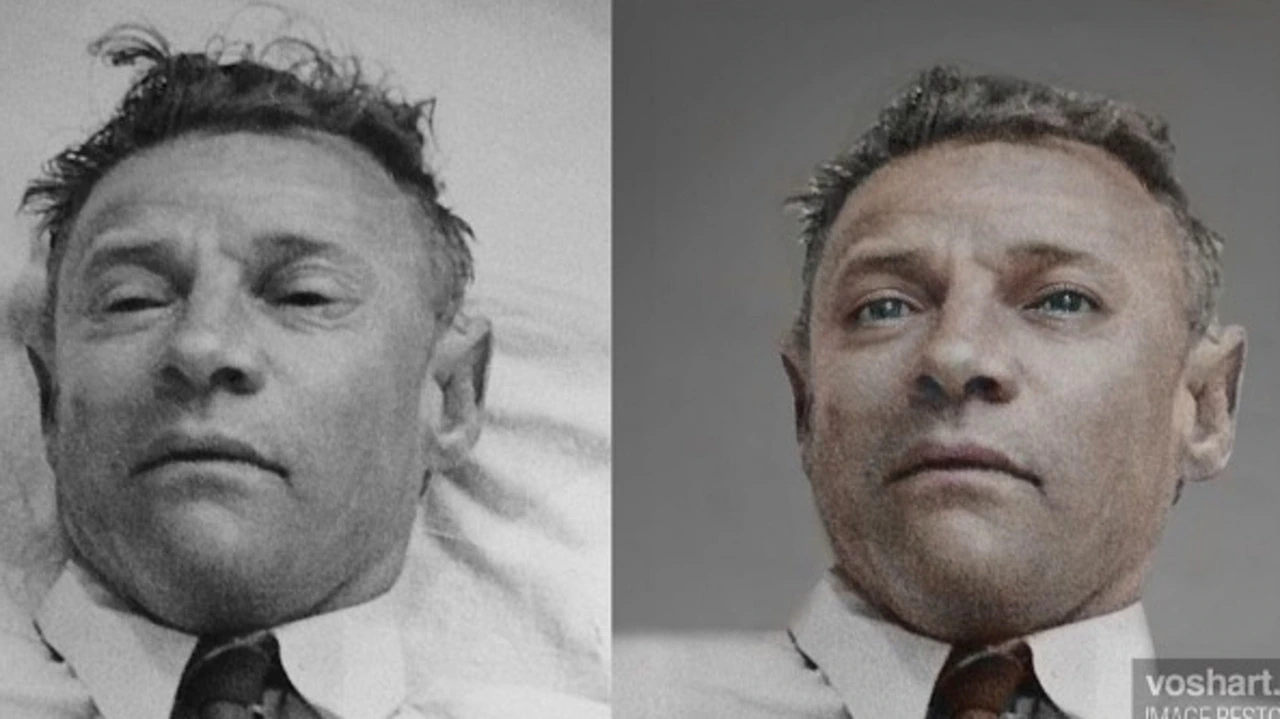One of the most baffling cases in the history of crime and law is the mystery of the Somerton Man, an unidentified man found dead on Somerton Beach in Adelaide, South Australia, in 1948. With no ID, mysterious coded notes, and a cryptic reference to the Persian poetry book Rubaiyat of Omar Khayyam, the case puzzled police, forensic experts, and intelligence agencies for over seven decades. The man’s cause of death remains unclear, and his identity long evaded discovery—leading many to speculate about espionage or covert operations during the Cold War era.
For decades, legal scholars and criminologists have analyzed the Somerton Man case not only as a criminal mystery but also as a benchmark for forensic science evolution. In 2022, breakthroughs using advanced DNA analysis finally led to a possible identification: Carl Webb, an Australian electrical engineer born in 1905. This discovery, though yet to answer all questions, showcases how modern forensic technology is reshaping cold case investigations and reopening paths to justice even after generations.
The Somerton Man story emphasizes the importance of preserving forensic evidence and the legal implications of identity in criminal cases. It also highlights how law enforcement, science, and public interest intersect to solve complex historical crimes. As more cold cases come under the scrutiny of today’s forensic tools, justice can transcend time, offering closure and historical clarity.







